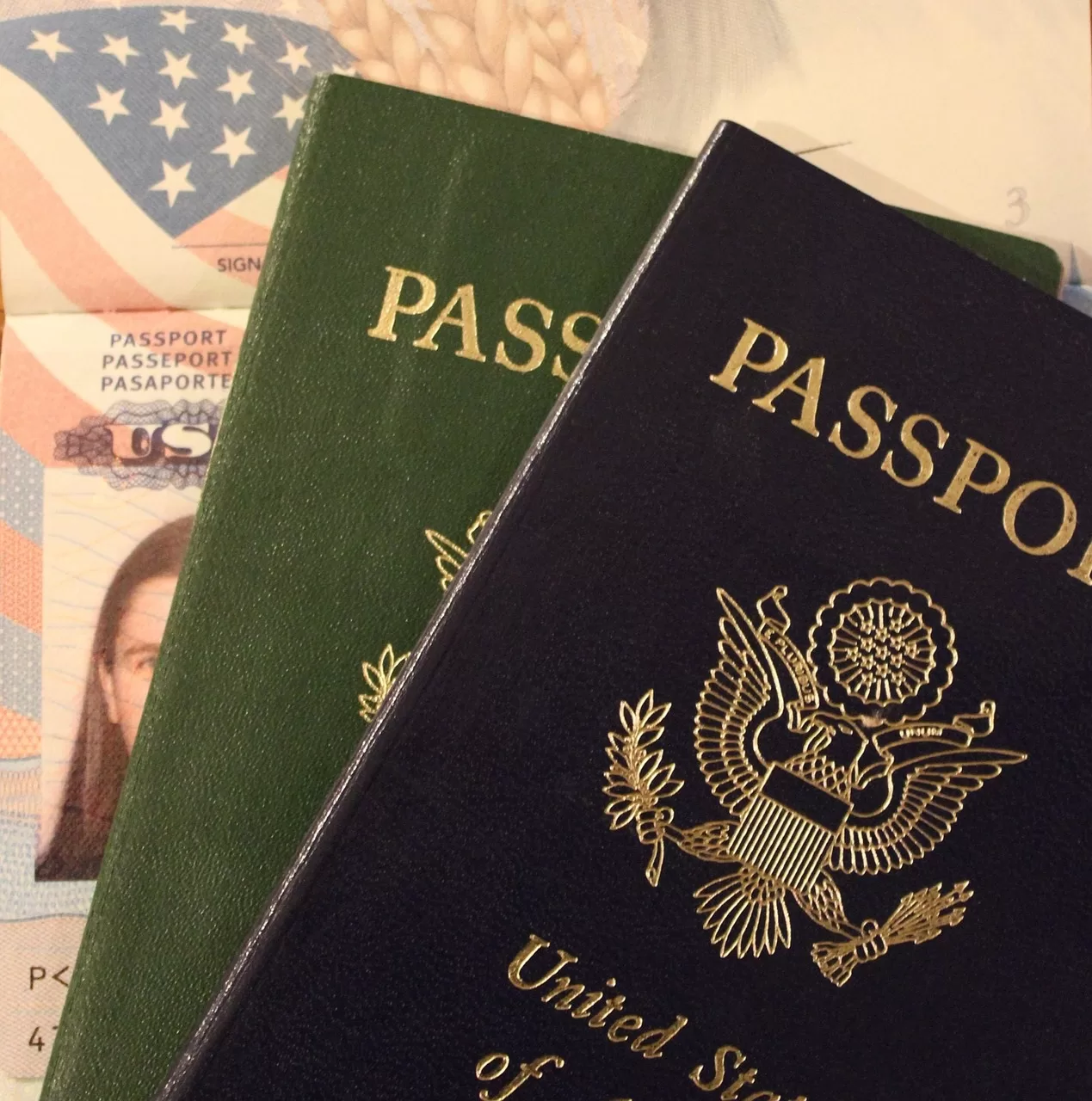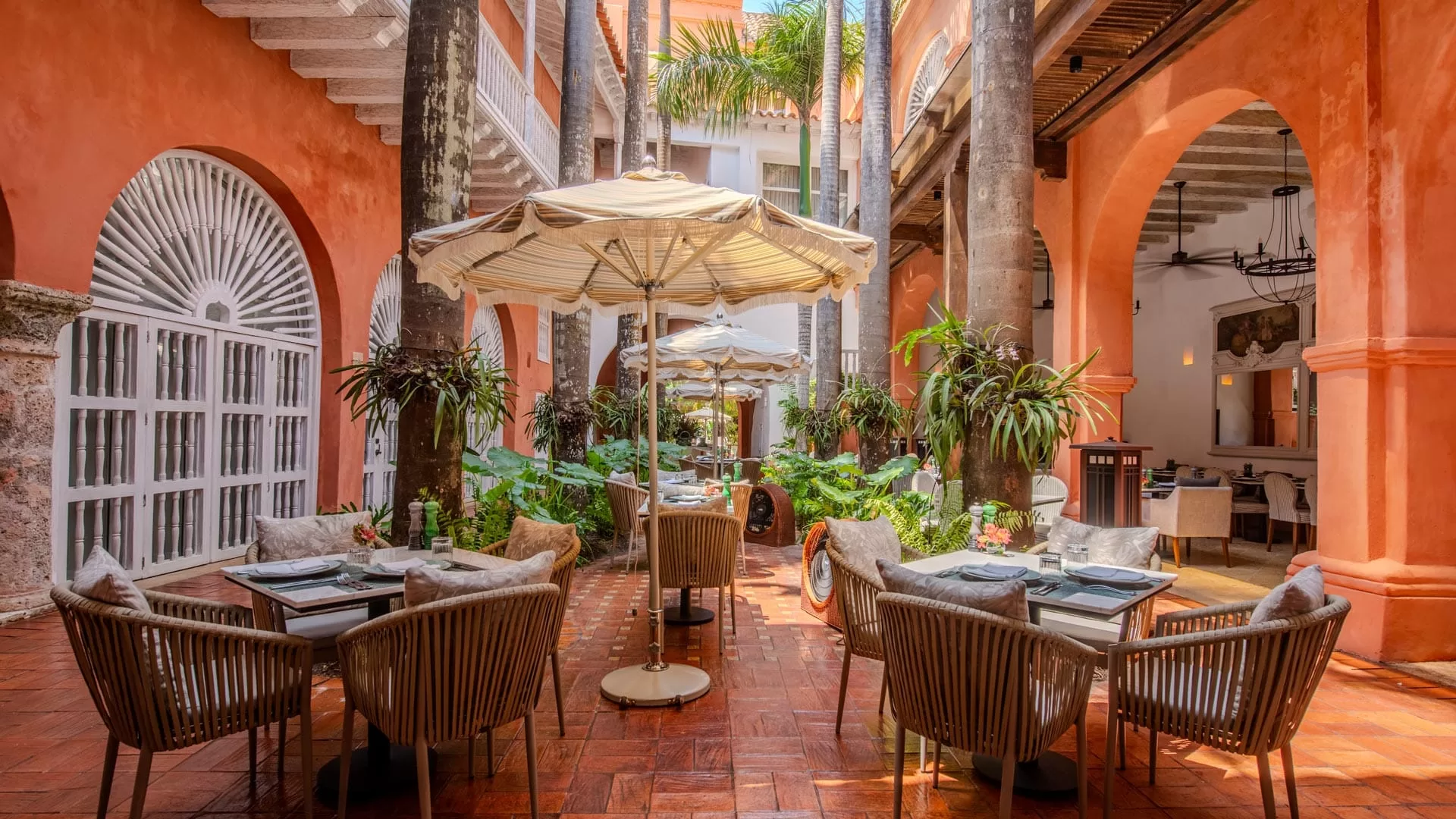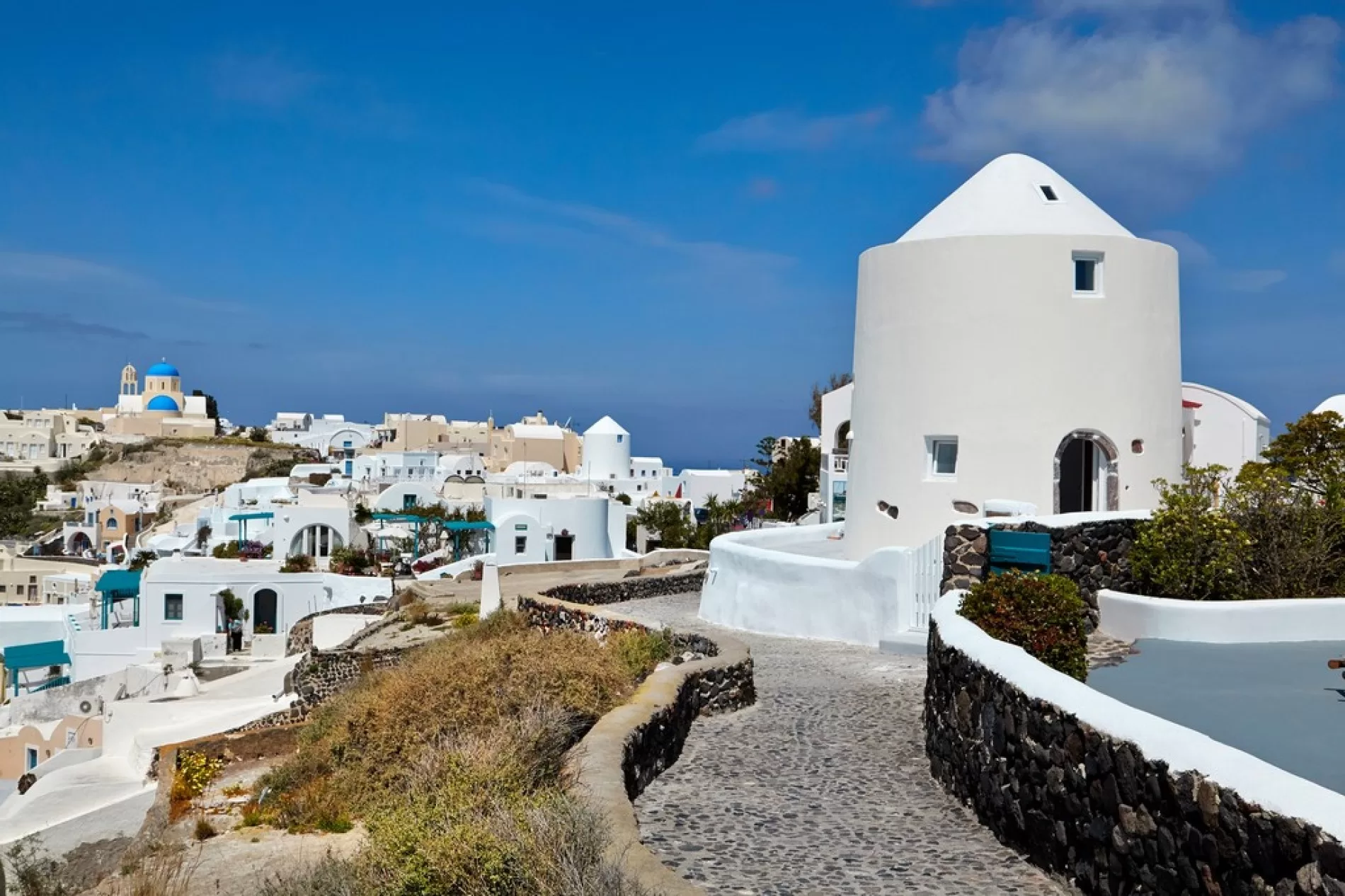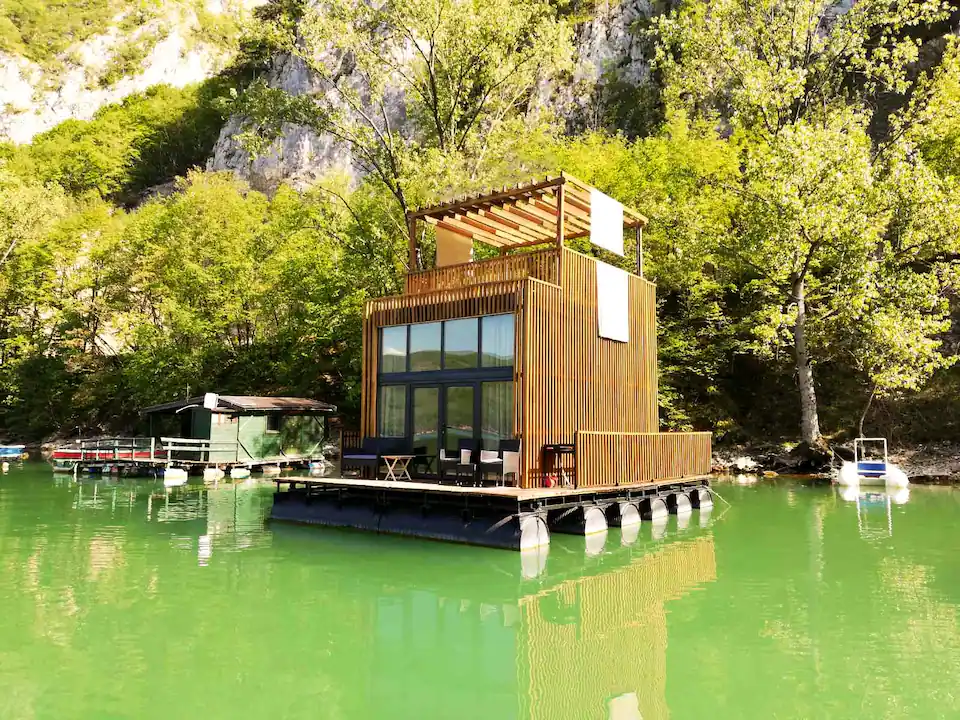Investing in Real Estate Abroad — Still A Smart Choice
Buying real estate, regardless of the reason, is a huge investment. You’re committing a lot of capital, often over a long period of time, and you want to make sure it’s a smart choice.
Global real estate practitioners understand that inflation affects each part of the world in unique ways.
In these times of economic turmoil and uncertainty, alternative assets are top of mind for many investors. Real estate has proven one of the best investments to weather such crises, and this current downturn is no different.
2022 wasn’t a fantastic year for investors across the board. The stock market fell 16% year over year, with several dips into bear market territory. Real estate didn’t fare much better. The median home price reached its highest point in history, then came down quickly as home buying shuddered in a high-inflation, high-interest-rate environment.
More specifically, international real estate is uniquely positioned as investors seek stability, steady yield, and diversification.
It allows them to tap into the higher growth potential (and lower costs) of emerging economies, different asset types and geographies, unique tax advantages, and a more global lifestyle.
Moreover, recent swings in currency values have drastically lowered prices across some of the most attractive markets in the world — Colombia, Turkey, Mexico, and more. QQ
Yet, the asset class remains notoriously difficult to access and navigate.
After a volatile year of geopolitical tensions, economic shocks and uneven monetary policy, Colliers (NASDAQ and TSX: CIGI) anticipates the process of stabilization of the global real estate market to take hold by mid-2023 in its latest Global Investor Outlook. While some countries such as the UK and U.S. have already witnessed a rapid pricing reset, this has not been universal. Investors can expect big differences in how the reset plays out across sectors and markets next year.
“Real estate markets offer a solid, long-term investment and income stream once pricing levels are clearer.
Despite the Crisis, Opportunities Abound
Of course, the downturn has dramatically impacted the immediate prospects for real estate worldwide. Even in normal times, buying property abroad was a complex and risky endeavor.
However, as the chaos unfolds in the coming months (and years), opportunities will undoubtedly emerge as well. Savvy investors are keeping a close eye on the markets and positioning themselves to move on great deals when the timing is right.
For instance, those with ample cash on hand (particularly USD) are seeing some favorable forces take shape — an incredibly strong dollar, massive levels of distressed inventory, motivated sellers (many landlords took on too much debt and now rental income is vanishing), and rock bottom interest rates across many markets.
As highly leveraged property developers face a capital squeeze and are forced to sell, prices will likely push lower and create some strong buying opportunities. In fact, many have already begun to liquidate their assets.
Identifying Opportunities in a Rapidly Changing Landscape
The economic landscape is undergoing intense and rapid change.
The war in Ukraine has heightened uncertainty and led to a sharp increase in prices, particularly for energy. This, in turn, has exacerbated the cost of living crisis. Navigating the economic risks, including recession or stagflation – continuing high inflation with economic stagnation or weakness – is no easy task.
How this plays out through central bank policy is under close scrutiny by investors, and much depends on the path of the war. Rising inflation and interest rates could pose multiple challenges for real estate investors, from rising debt and construction costs to potential asset repricing.
Yet property yields still have the potential to offer a wide spread over government bonds. As a real asset, property could also protect against inflation, particularly through investments positioned o see cashflow growth.
Peaks and Valleys
A hard truth for investors nursing wounds from the steep market downturn is…We are not out of the woods yet. That theme still holds, but the contours of the investment landscape have evolved. One primary obstacle — stubbornly elevated inflation — looks a little less imposing, while another — a projected recession affecting countries around the globe — has been brought into sharper relief.
Nevertheless, it’s instructive to begin mapping out a consistent set of specific criteria for continuously monitoring these markets and identifying profitable opportunities.
For instance, let’s quickly look at how recent developments have already begun impacting several prospects featured in the index…
In emerging markets such as Colombia, Mexico, Turkey, and Brazil, local currencies have severely plummeted against the US dollar in recent months. With declines ranging from ~20-35%, the dollar now goes farther and effectively gives USD investors an even greater discount. Capital cities like Bogota and Istanbul were reasonably cheap before, but these recent currency movements have pushed prices lower yet.
Granted, tourism and rental demand will remain slow in these markets for some time (just like everywhere in the world), but they are major international hubs and well-positioned to bounce back and regain their growth trajectory soon enough.
We can also see the fallout hitting developed European countries, like Spain and Portugal. In recent years, these were red hot property investment markets, but many people have likely overextended themselves and will be forced to liquidate 2nd homes or rental properties. Many Britons keep summer places in these countries and will be feeling the squeeze both from the macro mayhem coupled with the lingering uncertainty around Brexit to boot.
That said, both Spain and Portugal will certainly remain perennial world-class travel destinations. As the world reopens and things begin to move again, we can expect such markets to inevitably rebound with a vengeance.
So, whether it’s depressed currencies or motivated sellers, the point is — prices are getting cheaper in the near-term, while the upside potential is still there further out.

 Defending Against Inflation with Real Assets
Defending Against Inflation with Real Assets
While USD investors are currently enjoying increased buying power, that won’t always be the case. Therefore, it’s an opportune time to put that capital to work, finding ways to move into more resilient and productive long-term stores of value.
As governments pump unprecedented levels of new stimulus money into the economy (with trillions more on the way), we are ultimately heading for a period of high inflation.
Generally, “real assets” maintain their value and provide the most effective hedge against an inflationary environment — none more so than real estate itself.
International real estate presents a unique opportunity to arbitrage a strong dollar and acquire such assets at an exceptional value. In the process, this will help build a stable and income-producing portfolio to defend against impending inflation.
Increased Property Values: If you own real estate during a dramatic inflation climb then the value of the property you own is likely to increase. You can sell the property and get some extra cash or you can see where the market ends up, likely giving you a permanent increase in value.
Real assets—including real estate, infrastructure, commodities and resource equities—may offer an effective solution amid inflation risks. Rising consumer prices are driving demand for asset classes with the potential to perform well in inflationary environments—a characteristic central to listed real assets.
Most of the reason why some commonly used housing valuation indicators are very high seems to be a ‘simple’ adjustment to interest rates rather than excessive developments or behaviour related to the real estate sector itself.
A Buyer’s Market Ahead
International real estate is becoming an even more relevant investment class in light of the current downturn. Not only is it a great way to grow your wealth, but also preserves your wealth as it protects against economic downturns and sinister forces such as inflation.
These uncertain times will eventually pass and as things shake out, there will be exceptional opportunities to be had.
Looking ahead, it’s impossible to say precisely how it all plays out. At this point, what’s most important is to establish your own set of criteria, continually monitor markets with strong investment potential, understand how the opportunity landscape is evolving, and be ready to move on deals when you find them!
Here are more articles that you may enjoy:
Why You Should Be Considering International Real Estate Investments
Finding Real Estate Deals for Cash Flow












